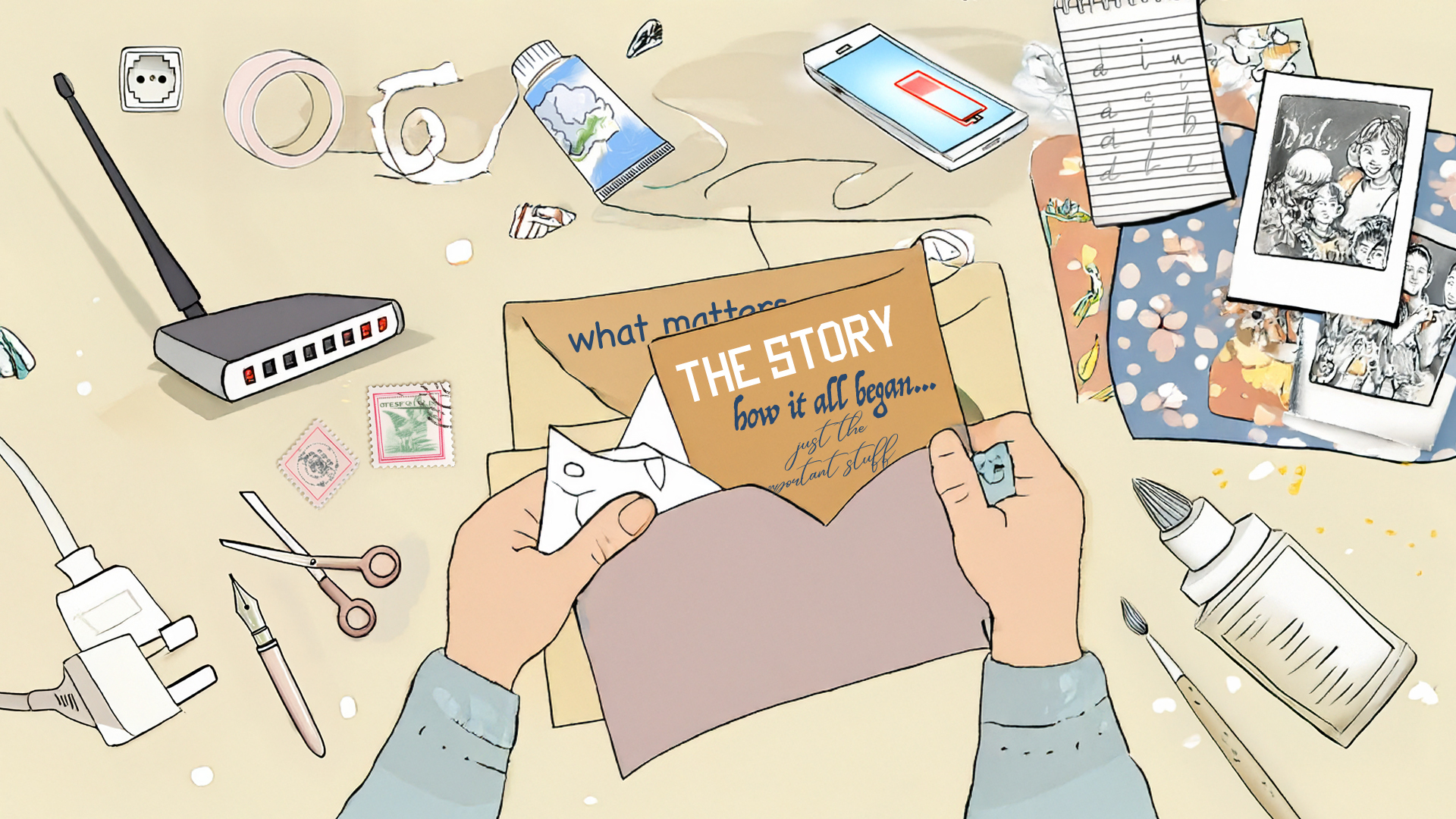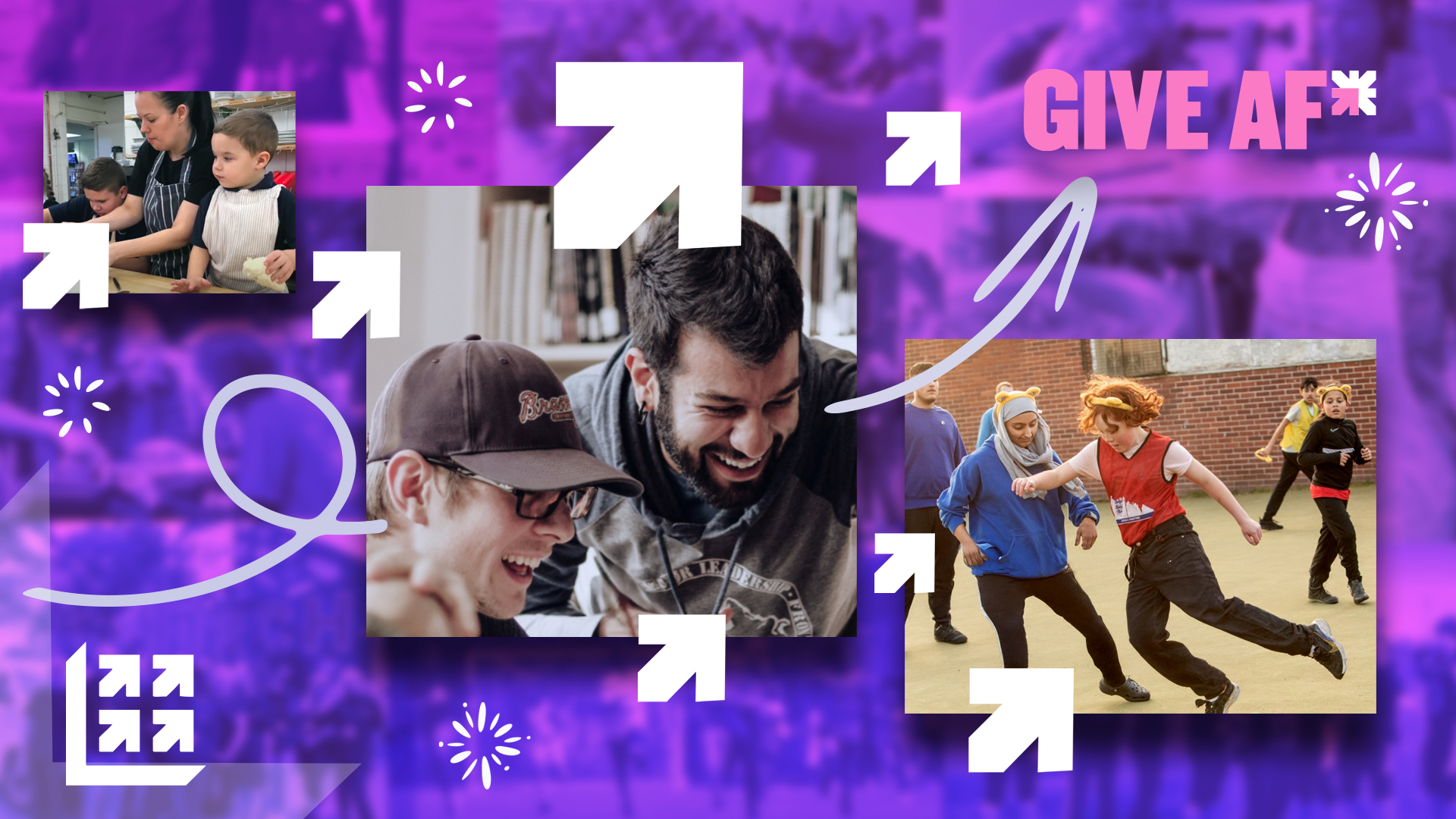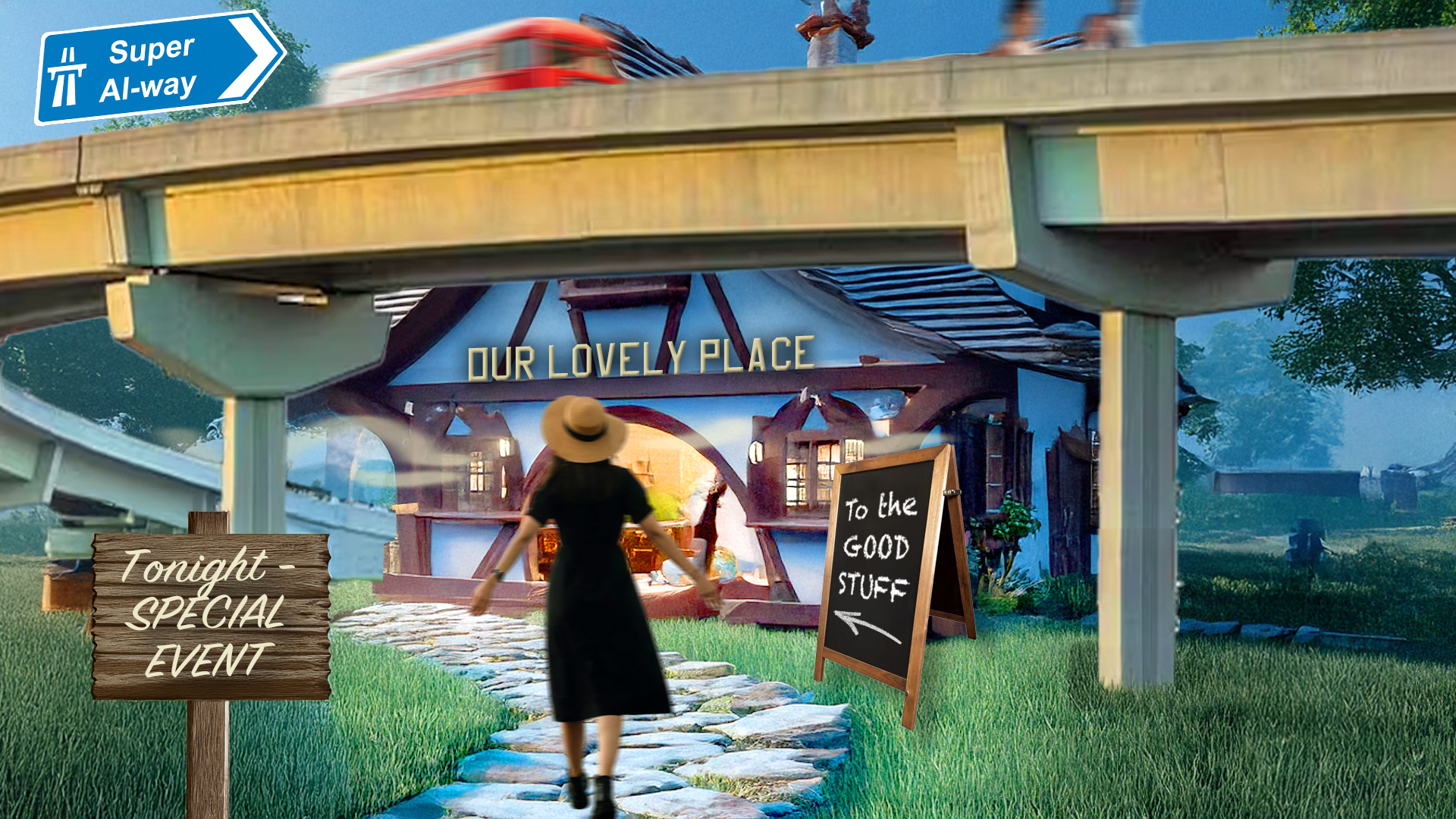The Polynesian peoples will not say the vast ocean divides them: they believe it’s what connects them. There’s a lot to love in that, not least how it upends our everyday Western concepts of wilderness, connection and place.
In 2022, that belief was tested. A huge volcanic eruption very near to Tonga’s main island, Tongatapu, caused an undersea quake. In turn, that guillotined a cable no thicker than a garden hose, snaking across the ocean’s bottom—Tonga’s digital artery to the rest of the planet. The tiny Pacific nation lost its access to everything “instant.”
Lights go out
And that got us thinking about how things would be without always-on access to information and apps. No Netflix and near-magical pizza deliveries (unless you had a landline, maybe). No instant shipments from Amazon (which you could probably live without) or Tesco (a bit more challenging). And no contactless payments. We may as well rest at that full stop, because without electronic cashless payment, pretty much everything else we take for granted is gone too.
"Without the background hiss of always-on communication, what sustains our sense of belonging?"
It might be fun for a few hours. We’d hunker down, check our supplies of baked beans, open a bottle, pick up a book. Maybe check on a neighbour, rekindle some of that early-lockdown spirit. It would feel like a snow day—a perfect reason to indulge ourselves.
Are we in the zone yet?
Okay, let’s ask a related and more challenging question to stimulate some lateral thinking. Imagine a six-month period where—choose your own catastrophe—you’re denied access to the digital tools you rely on every day as a marketer or salesperson. No GenAI, no socials, no emails, no websites. Long enough to require us and our customers to change behaviour. This is going to be our petri dish for the rest of the article.
What connects us?
What connects us—with each other, our customers and collaborators—now? Without the commercially cosmic background hiss of always-on communication. Without the pick’n’mix of alerts, notifications, likes, shares and comments. What sustains our sense of closeness, of belonging, of mattering to another? What is the great attractor that binds us, regardless?
Go back 50, 100 or 1,000 years and ask any villager, any football supporter, any investor what binds them together. The answer they give will be a story—shared.
Shared stories always endure
“Shared” in the sense of shared meaning, common experiences, mutuality and reciprocity. And stories are—well, we all know what they are, but here’s a specific instance. Shared stories are how we communicate consensus reality, those things that matter and remain true, within a tribe, team or indeed a market. It’s the job of the story to evidence, reinforce, illuminate and elaborate the things we have in common: purpose, values, beliefs, causes, challenges, triumphs and tragedies. This is the stuff of shared stories.
"The point is that shared stories are the great attractor. They don’t need technology to prosper — but they do need nurturing."
Before Liverpool FC (sub your own sports team) had an Instagram feed, before zines and email, even before you could watch the match on the telly, Liverpool supporters on the street and in the pubs would tell you their story. Always the same story, always made personal.
Probably, you can tell where this is heading. The point is that shared stories are the great attractor, with a unique power to endure. They don’t need technology to prosper. But they do need nurturing.
What are you going to put in your envelope?
It’s not big, fat parcels of so-so content and random offers: “We made it into the Gartner Magic Quadrant for the fifth year running.” Would we really waste a stamp on that—I mean, who cares?
Besides, as much as we might be relishing our customers’ refreshed attention, we would be harbouring our scarce resources. Without “Write with AI,” “Replicate this campaign” and “Resend to non-openers,” we’ve got our work cut out.
"Maybe we’d rediscover the instinct to create something worth a stamp."
So maybe we could zoom in, with laser focus, on the shared stories our customers value. We don’t need to rely on tech for that.
Making our start
We’re steering towards stories that nurture customers’ sense of connection, common cause, of mattering to someone or something else.
If you need a lead on what that might be—ask them. They’ll tell you. When our platforms are on and fully functioning, they’ll feed us tons of data—“signals”—about what turns customers on. And while that’s better than making assumptions, don’t confuse it with true insight. So ask them. Besides which, for the purposes of this thought experiment those platforms aren’t available to us.
We don’t know what valued stories you and your customers share. But they’ll likely go something like this:
“I remember when I was having a hard time figuring out <challenge>, and ACME Inc. sent me this list of questions—a self-diagnostic tool—that made perfect sense. I was struck by how it was so relevant to me and my problem, not them and their solution.”
“There was this period when I felt really isolated—every day, another crisis that seemingly only I could solve. Then I got this invitation from ACME Ltd. to meet up with some peers in other businesses—people I could share with, and not need to explain myself.”
“I knew what I needed to do, but I wasn’t confident I could take the decision and bring others along. ACME GmbH had just published some research—Getting Beyond ‘Good Enough’—and I saw the value in challenging my colleagues to move past the status quo.”
Always aim for something that the customer will take insight from, refer back to, keep on their desk—maybe even hand on.
The lights come back on
Have you just wasted six months of your life? Or have you become freshly intimate with an instinct and a passion that you never really forgot but kind of lost sight of?
There is a sense that the platforms don’t connect us—they confuse us. And in the worst case, divide us. It’s not that the tech is poor—just that it’s so easy to use it poorly.
At the end of the day, platforms can’t create great stories. People can. Uniquely. Because we need them.
Epilogue
Maybe it’s not the ocean but the stories of the ocean that connect the peoples of Polynesia. Those stories gave their voyages shape and direction — reminders that meaning, like navigation, depends on shared points of reference. The same is true for us, every time we tell a story that helps someone else find their way.





What do you think?